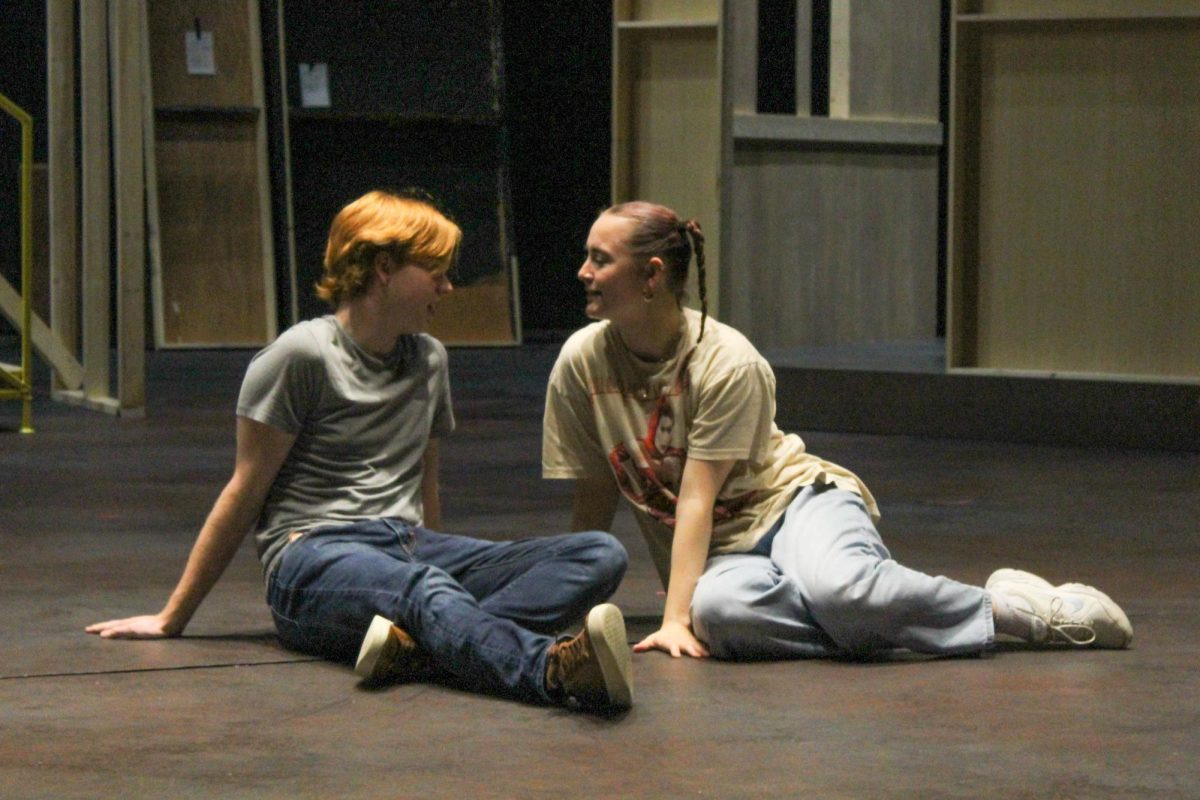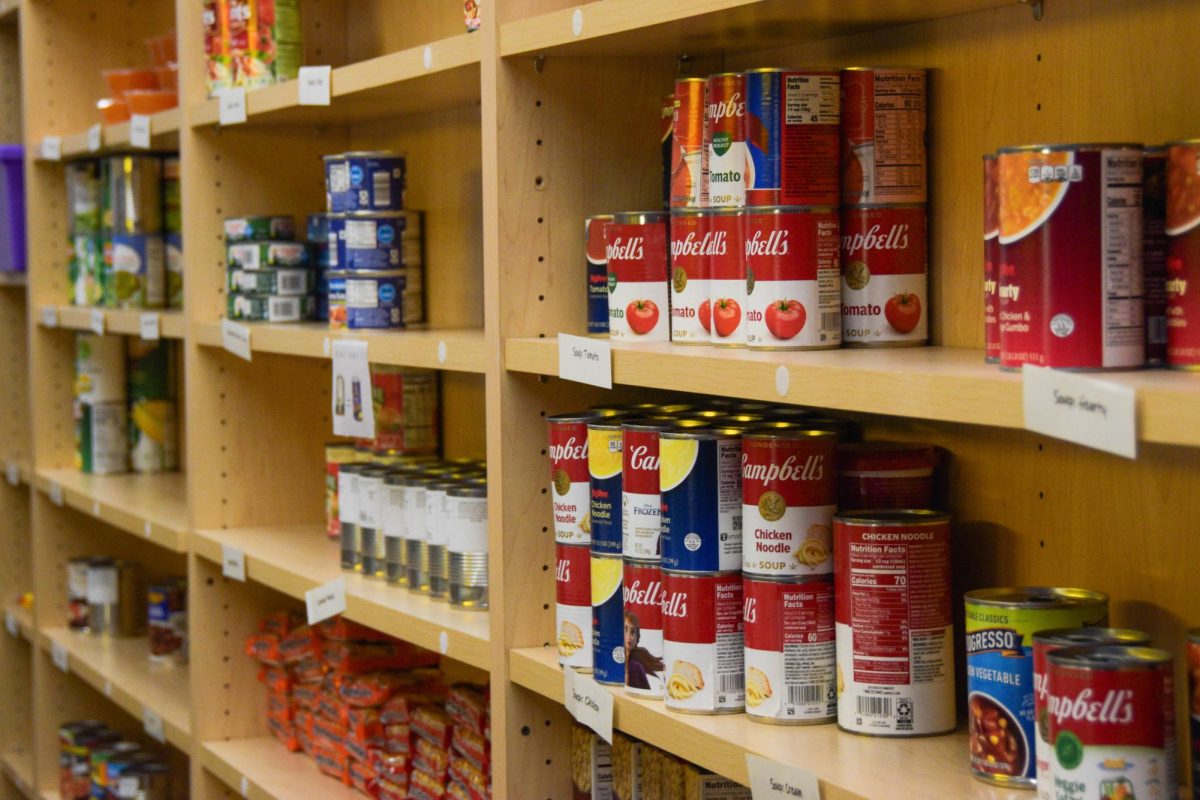Rebecca Mueller/Winonan
The 2013 Campus Conservation Nationals ended on March 17 for Winona State University, and the nationwide competition will continue until April 26.
The official results were announced at the Sustainability Month kickoff event April 2 in the Integrated Wellness Complex.
“It seems like more people are taking the stairs instead of the elevator, and I have talked to a few people who have put some of our suggestions into practice,” said Erin Hain, a student in Chemistry 436: Topics in Environmental Chemistry.
The event began at Winona State on February 17.
Winona State is one of 187 colleges and universities across the United States and Canada that has been competing in this event.
Each school had the option of competing internally between buildings or competing against other schools, as well as when during the national competition they would participate.
Winona State students and faculty competed internally between residence halls.
In preparation for the event, students in Jeanne Franz’s Chemistry 436 class divided into four groups; each chose a different topic and collected base data for the two weeks prior to the start of the event. Facilities Services supplied the class with data before and during the event. This data was displayed at www.buildingdashboard.net/winona.
On this same website, students and faculty could make commitments to make specific changes to their energy use habits. A total of 685 commitments were made during the challenge.
Hain researched elevators and energy use with fellow group members Thomas Reigstad and Daniel Scholin.
Some of their suggestions to students included unplugging appliances like the microwave or the hair dryer when they aren’t being used, taking the stairs instead of taking the elevator, and conserving water.
Franz noted that in many cases, such as committing to using the energy saver mode on a laptop, it would be more work for participants to return to old habits after the competition.
She hopes that the people who made commitments continue to follow their new good habits and continue to conserve energy.
Students living in the residence halls got involved in the Campus Conservation Nationals by participating in a weekly conservation program.
Each week, the residents focused on a different element of energy conservation. They could enter a raffle by telling a desk assistant or resident assistant how they met the weekly challenge.
Resident assistant Briana Amundson encouraged her students on the third floor of Sheehan Hall to participate in the conservation challenge. She awarded each resident who made at least one commitment online with a green name tag on her door.
“One of the largest benefits of this program is that we can keep it going all year long, and the simplicity of the ideas can be carried on and implemented no matter where they are living,” Amundson said.
According to the final results, Tau Center did the best at conserving energy. Data for the building showed that its energy use was below the baseline throughout the competition.
Franz said with the competition completed, the university can now use the data collected to improve the entire school’s energy use.
Facilities Services can use the data to find specific places where energy is not being used as efficiently and find ways to correct the problem.
Contact Rebecca at [email protected]


































































